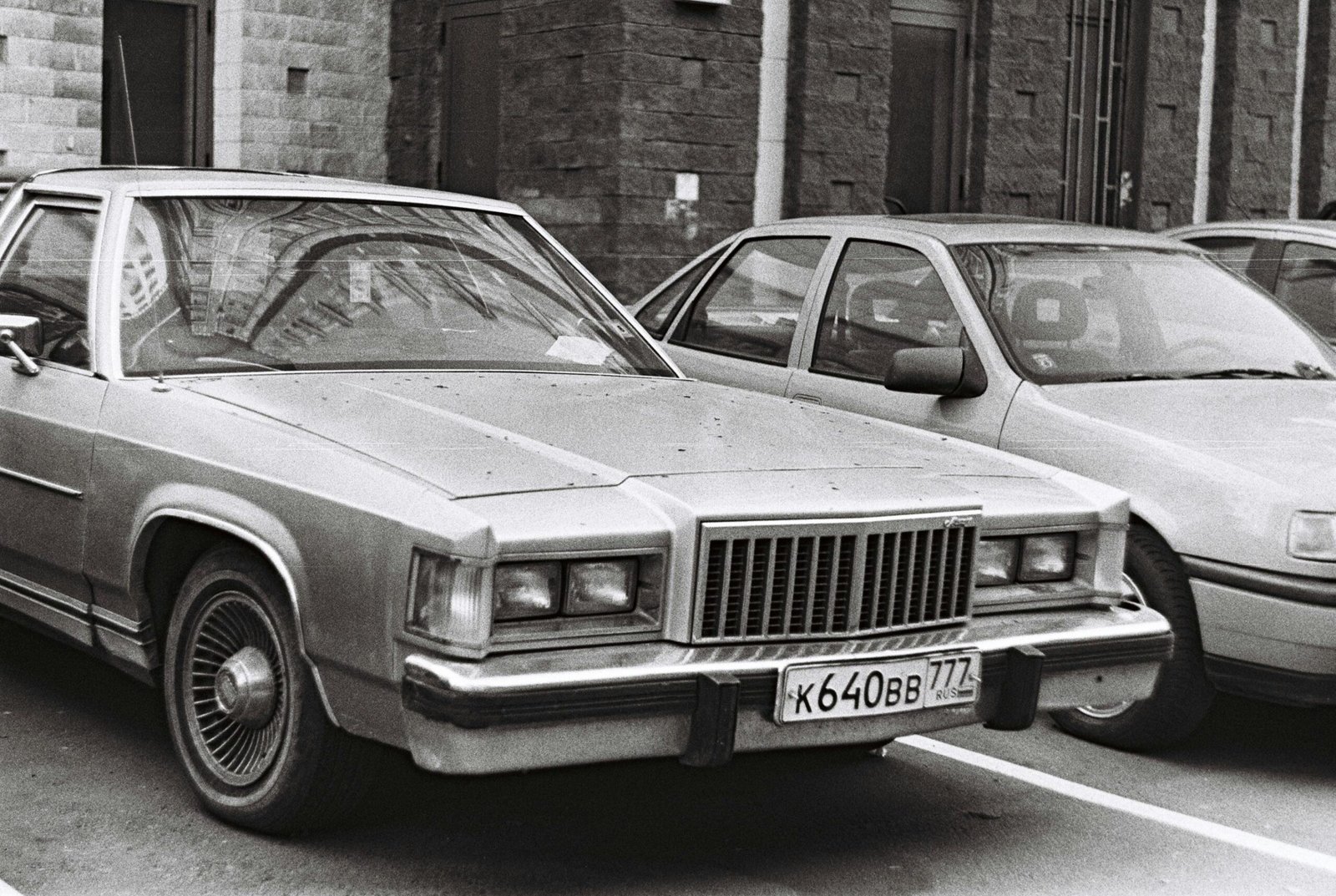We often hear about the environmental impact of cars, but much of the focus tends to be on new vehicles, electric cars, and how we can reduce emissions moving forward. However, there’s an aspect of the conversation that deserves attention—the environmental impact of older vehicles. If you’re driving a car that’s several years (or even decades) old, you might not realize the toll it’s taking on the environment, despite your best efforts to take care of it.
Older vehicles were not designed with modern environmental standards in mind, and as they age, they can become even less efficient and more polluting. In this article, we’ll dive into the various ways older vehicles affect the environment and explore steps you can take to reduce their impact.
1. Increased Emissions: More Pollution from Older Engines
One of the most significant environmental impacts of older vehicles is the higher levels of harmful emissions they produce compared to newer cars. Over time, car manufacturers have implemented stricter emissions regulations, leading to cleaner and more efficient vehicles. Older cars, however, were built before these regulations were enforced, meaning they can emit higher levels of pollutants like:
- Carbon Dioxide (CO2): This greenhouse gas is the primary contributor to global warming and climate change. Older vehicles typically burn more fuel and release more CO2, which adds to the problem of rising temperatures.
- Nitrogen Oxides (NOx): Older cars may produce higher amounts of NOx, which can lead to smog formation, poor air quality, and respiratory issues for humans.
- Particulate Matter: Many older vehicles, especially those with diesel engines, emit fine particulate matter that can get into the lungs, causing various health problems and contributing to air pollution.
2. Poor Fuel Efficiency
Older vehicles are generally less fuel-efficient than newer models, particularly those that are 15 years old or more. Advances in engine technology, aerodynamics, and materials science have all contributed to modern cars using less fuel for the same distance. However, older vehicles often have larger, less efficient engines that consume more gas.
- More Fuel, More Pollution: With poorer fuel economy, older cars end up using more gasoline or diesel for the same amount of driving, meaning they release more carbon dioxide and other pollutants into the atmosphere.
- Increased Demand for Fossil Fuels: As older vehicles use more fuel, they also contribute to the greater demand for fossil fuels, which leads to more environmental harm in the extraction, refining, and transportation processes.
3. Degradation of Catalytic Converters and Emission Control Systems
Catalytic converters are one of the most important components in reducing car emissions. They help convert harmful gases from the engine, like carbon monoxide (CO), hydrocarbons (HC), and nitrogen oxides (NOx), into less harmful substances like carbon dioxide and water vapor. However, in older cars, catalytic converters tend to degrade over time, losing their ability to function effectively.
- Ineffective Catalytic Converters: When catalytic converters become damaged or worn out, they can’t convert harmful gases as efficiently. This leads to increased emissions, as the car continues to release pollutants into the air at higher levels than intended.
- Older Emission Control Systems: Vehicles manufactured before the 1990s may lack modern emission control systems, such as the onboard diagnostic system (OBD-II) that helps monitor and reduce emissions. Without these systems, older cars are far more likely to produce harmful pollutants.
4. Increased Maintenance Issues and Pollution
As cars age, they tend to need more repairs and maintenance, and not all of those repairs are done with the environment in mind. Some maintenance practices can actually lead to more pollution.
- Leaking Fluids: Older vehicles may develop leaks, causing fluids like oil, coolant, or transmission fluid to drip onto the road. These chemicals can then wash into storm drains, which often lead to rivers, lakes, and oceans, harming ecosystems.
- Worn-out Components: As parts like the exhaust system, seals, and gaskets wear out, they can contribute to the vehicle running inefficiently or producing more emissions. In addition, replacing these components with aftermarket parts that aren’t as eco-friendly as original equipment manufacturer (OEM) parts can also have negative environmental consequences.
- Inefficient Repairs: In some cases, older cars are patched up in ways that don’t necessarily reduce emissions or improve efficiency. For example, repairs that don’t focus on improving fuel economy or reducing emissions could make the car run less cleanly than before.
5. Scrap and Disposal: End of Life Environmental Impact
Eventually, all vehicles reach the end of their useful life, and when that happens, they become part of the scrap and disposal process. While recycling is an important part of the vehicle disposal process, older cars are often more difficult to recycle because they contain hazardous materials that newer cars don’t.
- Hazardous Materials: Older cars are likely to contain more toxic substances, such as lead in the battery, asbestos in brake pads, or mercury in the lighting system. These materials are harmful to the environment and need to be disposed of properly.
- Less Efficient Recycling: As vehicles age, they may not be recycled as efficiently. Some parts, such as outdated electronics and fuel systems, are harder to salvage and recycle properly, which means more material ends up in landfills.
6. Contribution to Traffic and Urban Sprawl
Older vehicles tend to stay on the road for longer, which contributes to overall traffic congestion. More cars on the road mean more pollution, longer commute times, and greater wear and tear on infrastructure.
- More Time on the Road: Older cars are more likely to be driven for longer periods because their owners may be holding onto them to avoid the costs of purchasing a new vehicle. The result is more emissions over time due to prolonged exposure to high-mileage driving.
- Urban Sprawl: Older vehicles are also a big contributor to urban sprawl. People who rely on older cars are often more dependent on driving long distances for work or errands, which means cities continue to spread out, leading to higher levels of pollution and greater demand for roads and infrastructure.
7. Impact of Older Diesel Engines
While diesel engines were once praised for their fuel efficiency, older diesel engines often release far more pollutants than their newer counterparts. This is particularly true for vehicles built before the stricter emissions standards were introduced for diesel engines.
- Particulate Pollution: Diesel engines from older vehicles tend to produce high levels of particulate matter, which can contribute to smog, respiratory problems, and other environmental hazards.
- NOx Emissions: Diesel engines are also notorious for emitting large amounts of nitrogen oxides, which play a significant role in the formation of smog and acid rain, both of which are harmful to human health and the environment.
8. Solutions: How to Minimize the Impact of Older Cars
While older vehicles certainly have an environmental impact, there are steps you can take to minimize that impact and extend the life of your car without significantly harming the environment.
- Regular Maintenance: Keeping your vehicle in good condition can help it run more efficiently and produce fewer emissions. Regularly checking and replacing components like air filters, spark plugs, and the catalytic converter can make a big difference.
- Eco-Friendly Driving: Driving habits matter, too. Avoid excessive idling, drive at steady speeds, and avoid heavy acceleration to help reduce emissions and increase fuel efficiency.
- Consider Upgrades: If you don’t want to part with your older vehicle, consider upgrading certain components to improve its efficiency. For example, replacing an old catalytic converter or installing a new exhaust system can help lower emissions.
- Recycle Your Car Properly: When it’s time to part with your old car, make sure it’s recycled responsibly. Find a certified scrap yard or recycling center that will safely dispose of hazardous materials and recycle the car’s components in an environmentally friendly way.
9. Conclusion: Striking a Balance
While older vehicles have a more significant environmental impact than modern cars, they still provide value and functionality for many drivers. The key to reducing their negative effects on the environment lies in proper maintenance, eco-friendly driving, and responsible disposal. If you’re holding onto an older car, taking small steps to keep it running smoothly can help reduce its carbon footprint. And when the time comes to replace it, consider making the switch to a more eco-friendly option like a hybrid or electric vehicle.
The bottom line is that every car—whether new or old—contributes to environmental issues in some way. By being mindful of how we drive, maintain, and dispose of our vehicles, we can help mitigate some of the environmental damage caused by older cars.
FAQs
1. Are older cars really that much worse for the environment?
Yes, older cars tend to have less efficient engines, outdated emission systems, and produce more harmful pollutants than newer models. However, with regular maintenance and eco-friendly driving practices, their impact can be minimized.
2. Can I make my older car more eco-friendly?
Yes, upgrading components like the catalytic converter, exhaust system, and air filters can help improve fuel efficiency and reduce emissions. Regular maintenance and eco-conscious driving habits also make a difference.
3. What are the main pollutants produced by older vehicles?
Older vehicles typically emit higher levels of carbon dioxide (CO2), nitrogen oxides (NOx), and particulate matter, which contribute to air pollution and climate change.
4. How can I dispose of my old car in an environmentally friendly way?
Take your old car to a certified recycling center or junkyard that specializes in environmentally responsible disposal. They’ll ensure that hazardous materials are safely removed and that the car’s components are recycled properly.
5. Should I keep my older car or replace it with a new one?
If your older car is still running efficiently and you can maintain it properly, keeping it for a few more years can be an option. However, if it’s nearing the end of its life, replacing it with a more fuel-efficient model or even an electric vehicle may be the better choice for the environment.




